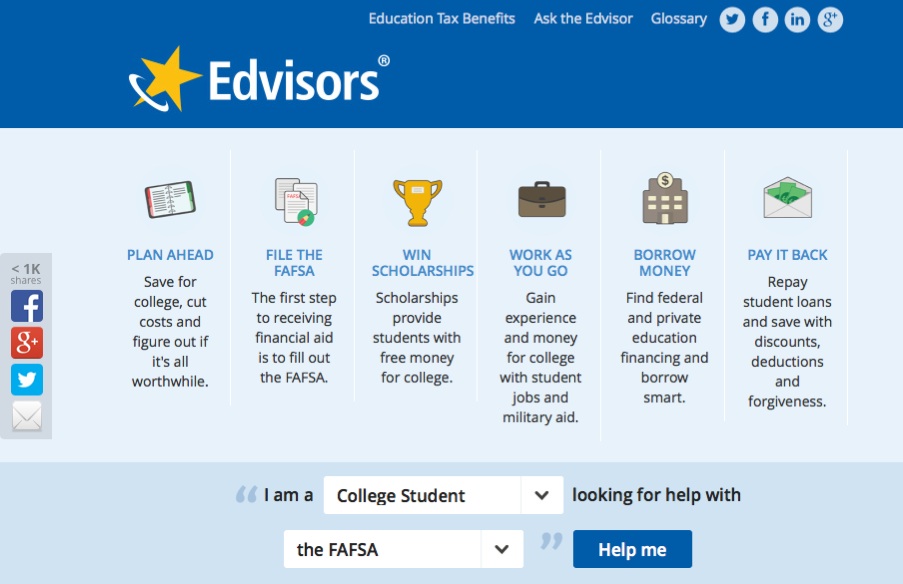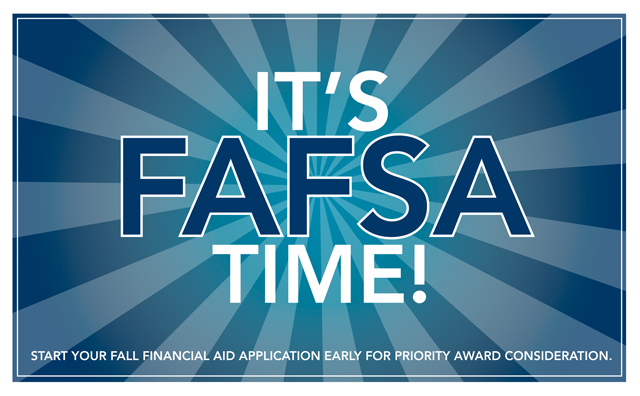 If I had a dollar for every time parents said this to me, I would be rich. Surprisingly, most parents believe this fallacy. Believing this, they don’t complete the FAFSA and miss out on all kinds of aid. Just because they were misinformed and unaware of how financial aid works.
If I had a dollar for every time parents said this to me, I would be rich. Surprisingly, most parents believe this fallacy. Believing this, they don’t complete the FAFSA and miss out on all kinds of aid. Just because they were misinformed and unaware of how financial aid works.
Why should you complete the FAFSA?
College is expensive and it’s a chance for you to grab yourself a piece of the financial aid pie.
Why should you complete it by February 1st?
The early bird gets the worm when it comes to financial aid. If you want your piece of the pie, you have to be the first in line. Once financial aid packages are disbursed, the money is gone and that means your student’s financial aid package will be composed of student loans only. If your form is filed and completed once the decision for admission is made it puts your student in a good position to receive some of those funds.
What can the FAFSA do for you and your college-bound teen?
There could be federal, state and college funds available. If you don’t complete the FAFSA, you won’t be able to get any of them. Even if your family income is high and you might not qualify for federal aid in the form of grants, your student might be eligible for state scholarships and merit-aid awards from the college. Additionally, any federally subsidized loans, including parent loans, require you to complete the FAFSA.
What should you do if you haven’t filed your taxes before FAFSA filing?
It’s simple. Use last year’s tax figures and update once you file. Don’t wait to file the FAFSA until after you file your taxes.
Why do some people tell you that you won’t qualify for financial aid?
The easy answer is they are misinformed. Remember there are all kinds of financial aid. While not everyone will qualify for federal grants, most students receive some form of financial aid. If you don’t apply your student will not be one of them.
Read Wendy’s post: 4 Strings Attached to Free Financial Aid
____________________
This month Wendy and I will host Twitter chat #CampusChat at 9pm ET/6pm PT on Wednesday, January 21. Our guest will be financial aid expert Jodi Okun. She is the founder of College Financial Aid Advisors, an About.com Expert, Paying for College, and the @Discover Student Loans Brand Ambassador. Jodi has worked for over 10 years in the financial aid industry and helped thousands of families navigate the financial aid process. Don’t miss a chance to get her tips and ask questions.
Read Wednesday’s Parent Night on #CampusChat for some simple instructions to join a Twitter chat.
Wednesday’s Parent will give twice the info and double the blog posts on critical parenting issues by clicking on the link at the end of the article from parentingforcollege to pocsmom.com and vice versa.


 It’s FAFSA time. “Yuck”, as one parent said. “Dreading, dreading, dreading” from another. “It’s my least favorite time of year (other than income taxes)”, said another. I get it. Nobody likes filling out federal forms, especially when money is on the line. And with the FAFSA, money is on the line.
It’s FAFSA time. “Yuck”, as one parent said. “Dreading, dreading, dreading” from another. “It’s my least favorite time of year (other than income taxes)”, said another. I get it. Nobody likes filling out federal forms, especially when money is on the line. And with the FAFSA, money is on the line.





